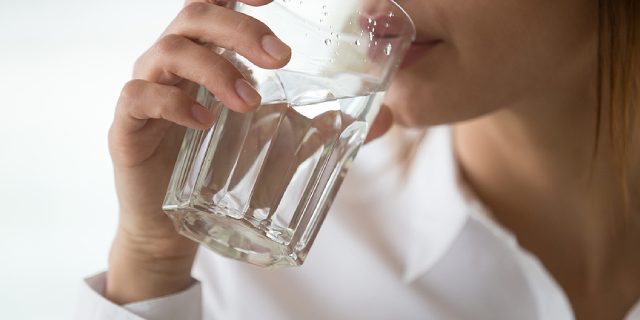Hydration plays a pivotal role in maintaining our health, energy levels, and overall well-being. However, while dehydration can cause headaches, fatigue, and other health problems, overhydration can also lead to complications such as electrolyte imbalances. Striking the perfect balance is key to staying hydrated without going overboard.
Here’s how you can maintain that balance and ensure your body gets the water it needs.
Understanding your hydration needs
The amount of water each person needs varies depending on factors like age, activity level, climate, and overall health. While the general recommendation of eight glasses a day is a good starting point, it’s not one-size-fits-all.
Listening to your body is crucial. Thirst is often the best indicator that you need to drink water. Similarly, the colour of your urine can provide clues about your hydration status. A pale yellow colour typically indicates proper hydration, while a darker colour suggests you may need more fluids.
For those who struggle with remembering to hydrate, investing in a water dispenser can make it easier to access clean, chilled, or warm water throughout the day. Having filtered water readily available encourages you to drink more without the hassle of constantly preparing and refilling bottles.
Recognising the risks of overhydration
Overhydration, though less common than dehydration, can still pose significant risks. Drinking excessive amounts of water can dilute the sodium in your blood, leading to a condition called hyponatraemia. Symptoms of this include nausea, headaches, confusion, and in severe cases, seizures.
Athletes, in particular, are at risk of overhydration if they consume large amounts of water without replenishing electrolytes during prolonged exercise. For most people, drinking to quench thirst and staying mindful of water intake is enough to avoid this issue.
Balancing water with other fluids
While water should make up the majority of your fluid intake, other beverages like herbal teas, milk, or even soups contribute to hydration. These can provide essential nutrients and variety, making it easier to maintain proper hydration without feeling compelled to overdrink plain water.
Fruits and vegetables are another excellent source of hydration. Foods like cucumbers, watermelons, and oranges have high water content, which adds to your daily fluid intake.
Utilising tools for smarter hydration
Modern technology has made it easier than ever to monitor and manage your hydration levels. Smart bottles, hydration apps, and reminders can all help you keep track of how much water you’ve consumed.
For households, installing a water purifier ensures that every sip is clean and safe. Purified water is free from contaminants and impurities, allowing you to stay hydrated without worrying about water quality. This can be especially beneficial for families with young children or individuals with health sensitivities.
Creating a hydration-friendly routine
Establishing a routine around your hydration needs can prevent both underhydration and overhydration. Here are some tips to incorporate into your daily routine:
- Start your day with water: Drinking a glass of water upon waking helps rehydrate your body after hours of sleep.
- Drink before meals: This not only aids digestion but also ensures you don’t confuse thirst with hunger.
- Space out your intake: Sip water regularly throughout the day rather than consuming large quantities all at once.
Recognising when hydration needs change
Your hydration requirements can fluctuate based on activity levels, weather, and health conditions. During hot weather or intense physical activity, you’ll need to replenish the fluids lost through sweat. On the other hand, if you’re less active or spending time in a cool environment, your hydration needs may decrease.
Pregnant and breastfeeding women often require more fluids to support their bodies and their babies. Similarly, illnesses such as fevers, diarrhoea, or vomiting can increase fluid loss, making it crucial to replace lost water and electrolytes.
Staying hydrated sustainably
While focusing on hydration, it’s equally important to consider the environmental impact of your choices. Single-use plastic bottles are convenient but contribute significantly to waste. Opting for reusable bottles and home water systems like dispensers or purifiers helps reduce your carbon footprint while ensuring a reliable source of clean water.
For example, using a water filtration system or a quality dispenser from a trusted provider reduces reliance on bottled water. Not only is this more sustainable, but it’s also a convenient way to encourage healthier hydration habits within your home.
Final thoughts
Maintaining the right balance of hydration is about understanding your body’s needs and staying mindful of how much water you consume. With the right tools and a focus on sustainable practices, you can hydrate efficiently and safely.
Wells offers innovative hydration solutions tailored to modern lifestyles. Whether it’s sleek dispensers or advanced purification systems, our products are designed to help you stay hydrated with ease. Explore our range today and take the first step towards a healthier, more sustainable way to hydrate.



